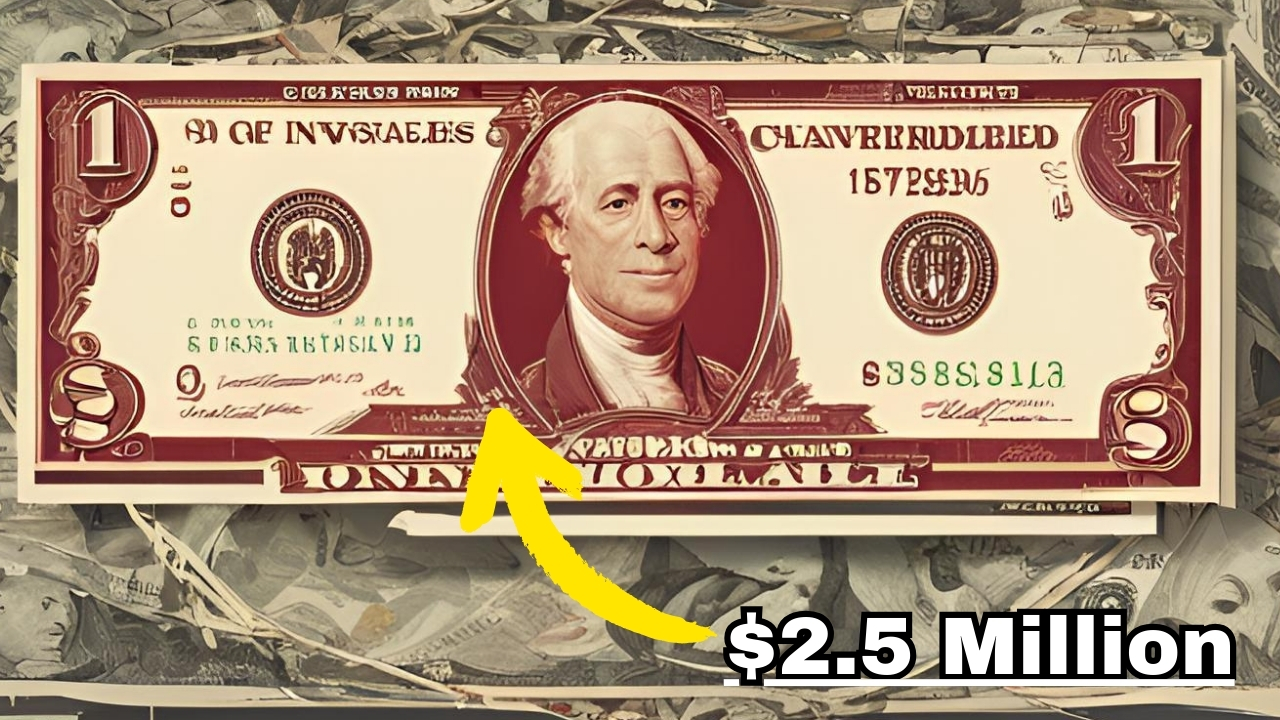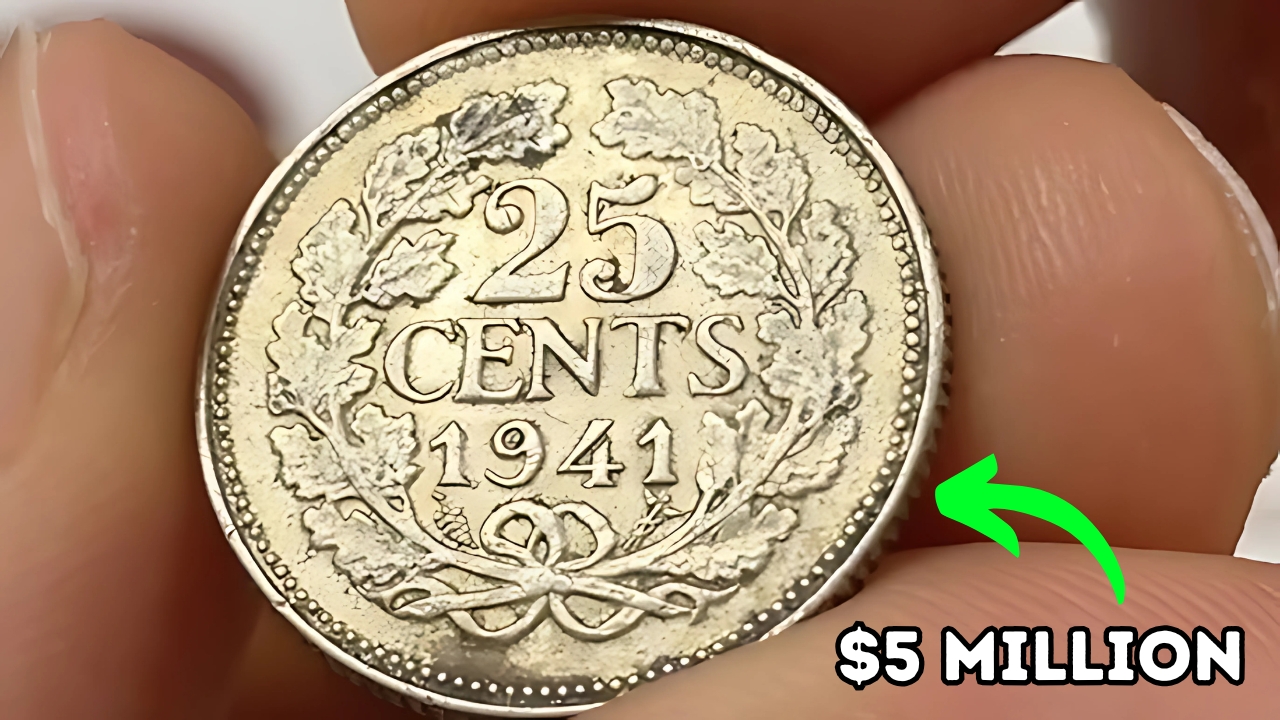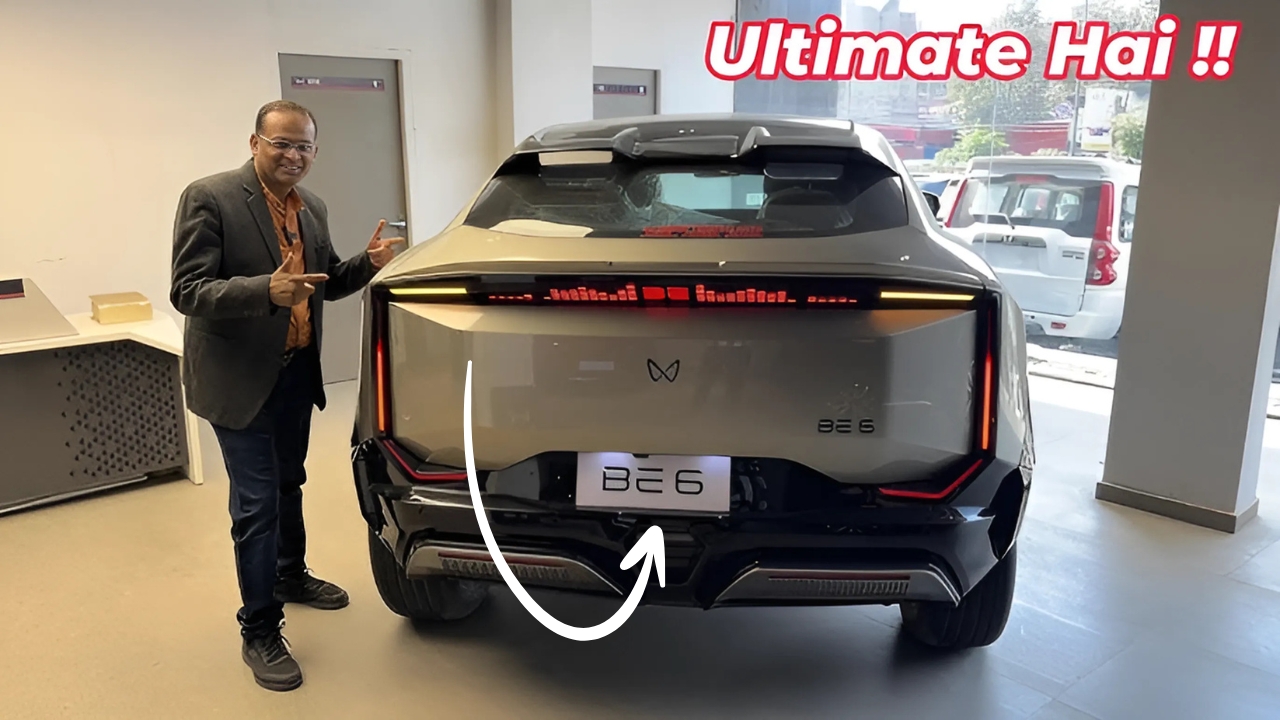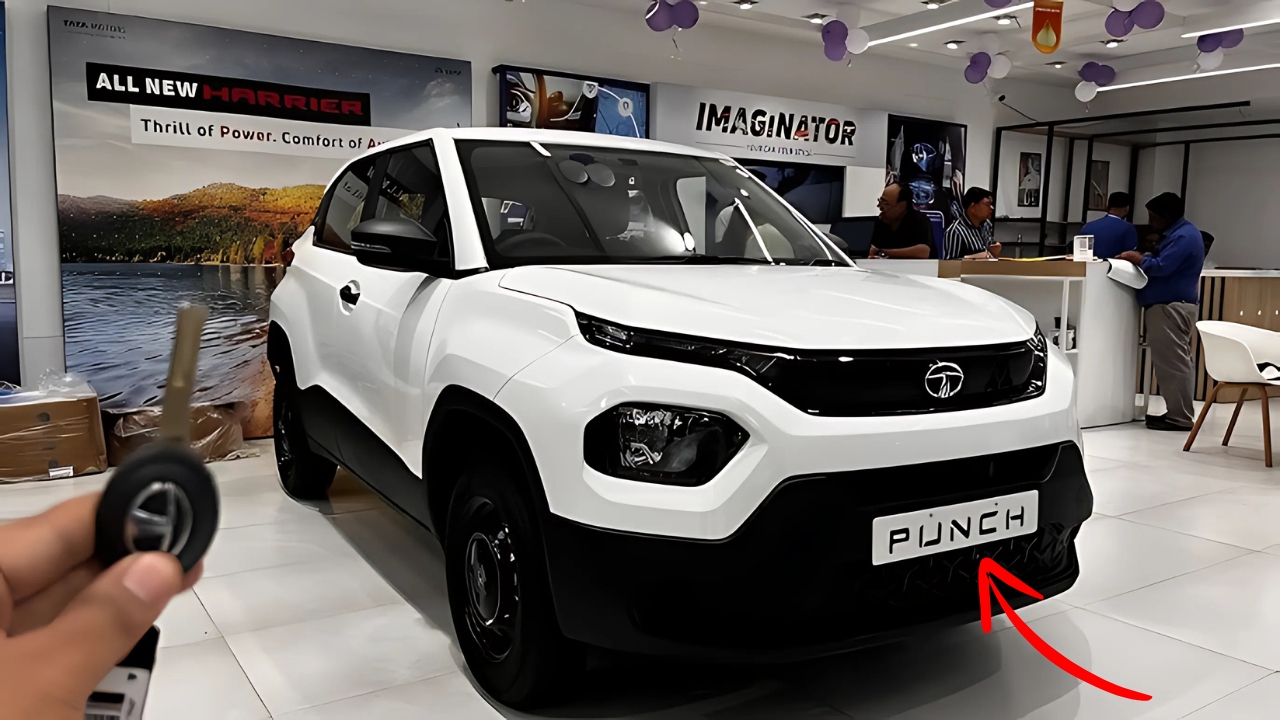Rare $1 Bill: In the captivating realm of numismatics, a few items can ignite the imagination like the rarest forms of United States currency.
We often carry crisp $1 bills in our wallets without a second thought, but there is a fascinating world of paper money that is so rare and valuable, it can fetch astronomical prices in the millions.
In this post, we’ll take you through the intriguing world of rare $1 bills, particularly those nearing the dazzling market valuation of $2.5 million.
The charm of these exceptional pieces of American history continues to enthrall collectors and enthusiasts around the globe, leading prices to unprecedented highs in the competitive numismatic landscape.
Let’s address a common misconception right off the bat. Despite circulating rumors, there isn’t a single $1 bill that has hit the $2.5 million mark in the collector’s market.
However, many extraordinarily rare specimens have come tantalizingly close, and collectively, the rarest $1 bills could indeed exceed that figure.
These remarkable pieces represent not only monetary worth but also significant historical moments in the evolution of American currency, making them invaluable artifacts of our nation’s financial heritage.
Rare $1 Bill: The Grand Watermelon Note – A True Numismatic Treasure
While technically not a $1 bill, the crown jewel of rare U.S. currency is undoubtedly the 1890 Grand Watermelon Note.
This $1,000 bill earned its nickname from the unique shape of the zeros on its reverse side, resembling watermelons when seen from afar.
In 2018, one of these notes auctioned for an astonishing $2.04 million, setting a world record for paper currency.
The exceptional preservation and historical importance of this specific specimen played a significant role in its astronomical value, establishing it as a benchmark for high-end currency collecting.
Rare $1 Bills That Command Top Dollar
Although no $1 bill has equaled the Grand Watermelon Note’s heights, several specimens have garnered notable values, each with its unique history and significance:
1. 1869 $1 “Rainbow” Legal Tender Note
This note, celebrated for its vibrant design featuring a vignette of Christopher Columbus, can sell for over $100,000 in excellent condition.
The advanced printing techniques of the time, utilizing multiple colors, helped deter counterfeiting.
The “Rainbow” moniker comes from the beautiful blend of red, blue, and green inks used in its production.
2. 1890 $1 Treasury Note (Ornate Back)
These notes, showcasing a portrait of Edwin Stanton, are highly sought after due to their intricate designs. Uncirculated examples can fetch upwards of $20,000.
The detailed scrollwork and engravings reflect the height of 19th-century printing artistry, with their ornate backs considered among the most beautiful ever created for American currency.
3. 1896 $1 Silver Certificate “Educational Series”
Part of the renowned “Educational Series,” this note illustrates an allegorical scene of History instructing Youth. In pristine condition, these notes have sold for over $10,000.
These artistically significant notes symbolize a unique era in American currency design, favoring allegorical figures and complex scenes over traditional portraits.
The detailed artwork and symbolism make them particularly enticing to both collectors and art lovers alike.
4. 1899 $1 Silver Certificate “Black Eagle”
Featuring a majestic spread-winged eagle, these notes are a favorite among collectors. High-grade specimens can command prices exceeding $5,000.
The striking, patriotic design of the Black Eagle note makes it instantly recognizable and highly coveted.
The dramatic image of an eagle with its wings outstretched has become one of the icons in American currency collecting.
Factors That Determine the Value of Rare $1 Bills
Several essential factors contribute to the high values of these rare $1 bills, each playing a significant role in their market worth:
1. Rarity
The scarcity of these notes, often stemming from limited printing runs or high attrition rates over the years, greatly influences their value.
Many of these rare specimens are among the few remaining examples, making them particularly precious to collectors and institutions.
Rarity is possibly the most critical factor in determining a note’s value. Notes that were printed in low quantities or those that have seen significant destruction over time naturally command higher prices.
Various influences, such as initial production numbers and historical survival rates, can also shape a note’s rarity.
Some notes became rare due to government recalls; others were lost to time through wear and tear.
The relationship between scarcity and value is particularly prominent in cases where only a small number of specimens are known to exist, which can lead to astonishing price tags among serious collectors.
2. Condition
The physical state of a bill considerably impacts its worth. Uncirculated notes that are in pristine condition attract the highest premiums.
Collectors and grading services often utilize a detailed scale to evaluate a note’s condition, looking at paper quality, color preservation, crispness, and any presence of folds, tears, or stains.
Notes that have never been circulated and maintain their original characteristics are especially valuable.
Even minor flaws can drastically affect overall value, making an accurate assessment of condition an essential skill in currency collecting.
Professional grading services offer standardized valuations that assist in establishing fair market prices, protecting both buyers and sellers.
3. Historical Significance
Currency linked with significant historical events or eras often carries enhanced value.
These notes act as tangible links to crucial moments in American history, whether linked to economic turmoil or advancements in printing technology.
Notes issued during major events, such as wars or economic reforms, frequently command premium prices.
The historical context behind a currency note can significantly bolster its appeal to both collectors and historians, particularly if it represents a pivotal moment in monetary policy or design changes.
The narratives behind these notes often add layers of intrigue and worth that transcend their physical attributes.
4. Unique Features
Printing errors, unusual serial numbers, or distinctive designs can greatly elevate a bill’s collectible value.
Error notes, resulting from mistakes during printing, often become highly sought after by specialists.
Patterns in serial numbers, like repeating digits or specific sequences, can demand substantial premiums.
Additionally, notes exhibiting experimental printing methods or innovative security features tend to attract significant attention from collectors.
These unique attributes make each note special, sometimes transforming an otherwise ordinary bill into a highly valuable collectible.
The Hunt for Rare Currency
If you’re inspired to embark on the quest for these valuable notes, here are some helpful tips:
-
Educate Yourself: Gain knowledge about different currency types and their identifying features. This can involve studying reference materials, joining numismatic organizations, and connecting with experienced collectors. It’s vital to recognize the subtle disparities between authentic and counterfeit notes, alongside insights into printing techniques and historical context.
-
Check Your Wallet: While it’s highly unlikely, it’s not impossible to stumble upon a valuable note in circulation. Regularly examining currency you receive might unveil a hidden treasure. Look out for older notes, unusual serial numbers, and any notable features that could suggest special worth.
-
Attend Currency Shows: These events are excellent for observing rare notes and engaging with seasoned collectors. Currency shows allow you to scrutinize genuine specimens, compare notes with fellow enthusiasts, and learn from experts and dealers. They also provide chances to purchase authenticated notes and expand your collection directly.
-
Be Vigilant Against Counterfeits: As values rise, so do the risks associated with forgery. Always ensure authenticity. Partnering with reputable dealers, utilizing professional grading services, and honing your authentication skills are vital for guarding against fraud.
Future of Rare Currency Collecting
As we transition toward an increasingly digital economy, the appeal of rare paper money may intensify.
The tangible link to history that these notes offer becomes increasingly valuable in our virtual world.
The rise of electronic transactions might paradoxically boost the value of physical currency, particularly rare notes that signify crucial chapters in monetary history.
Collectors and investors increasingly regard rare currency as both a cherished hobby and a potential refuge for value.
Conclusion: More Than Just Money
While the notion of a $2.5 million dollar bill may be more fantasy than fact, the sphere of rare currency undeniably presents ample excitement for both collectors and history aficionados.
These precious pieces of paper transcend mere money; they serve as windows to our past, revealing stories of economic transformations, artistic styles, and historical figures.
Each note possesses a unique narrative, encapsulated within intricate designs and meticulous craftsmanship.
For most of us, the ordinary $1 bill will remain just that—a basic means of transaction. Yet for a select few, these rare specimens epitomize numismatic excellence, achieving prices that elevate everyday currency to priceless artifacts.
Preserving these historical items ensures future generations can appreciate the artistry and evolution of American money.
Whether you are a seasoned collector or simply intrigued by the potential hidden value in your wallet, the world of rare $1 bills offers an enthralling glimpse into the convergence of history, art, and economics.
Who knows? The next time you handle a dollar bill, you may just be clutching a piece of history worth considerably more than its face value.






